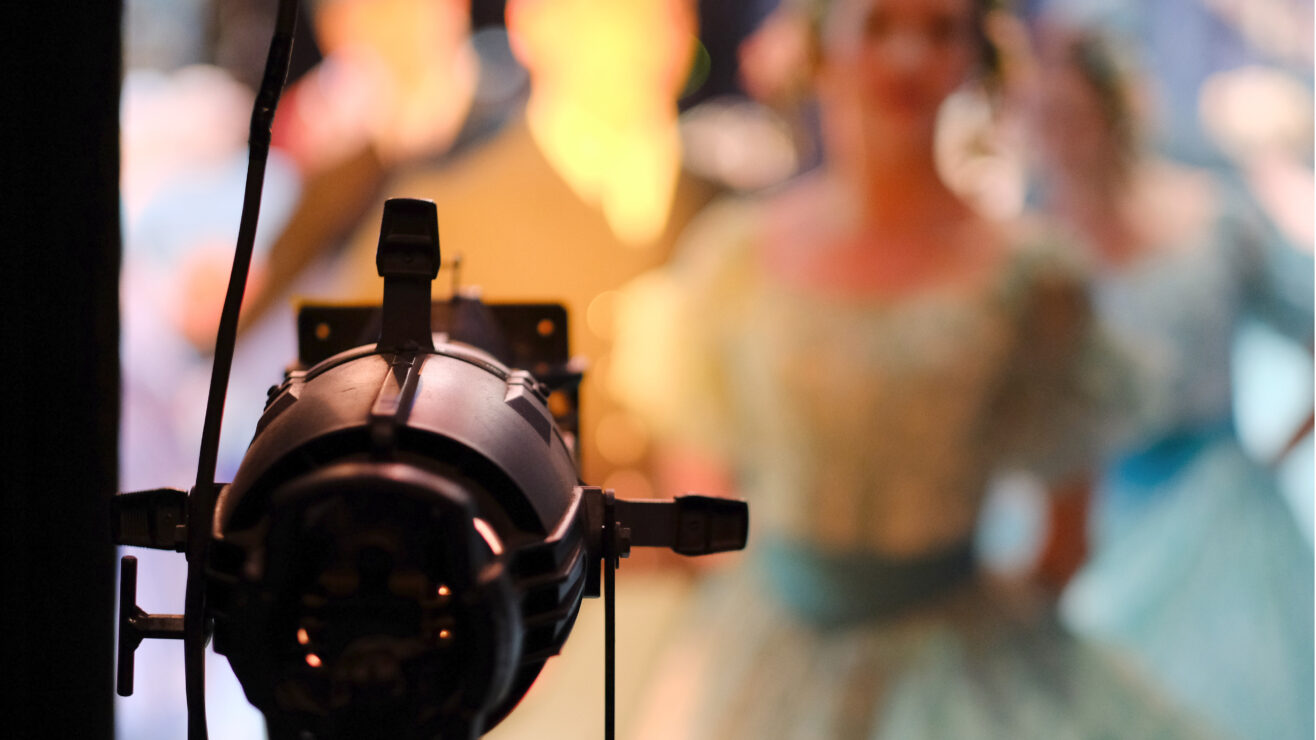This year, UCAS has reported that a record number of disadvantaged students and students from deprived areas have secured a university or college space, which is a brilliant result.
However, concerns remain about entry, inequality, attainment and awarding gaps for disadvantaged students.
Concerning gaps
Inequity and degree awarding gaps have long been a topic of discussion and scrutiny for universities. The Office for Students has reported that one of the largest gaps in full-time degree outcomes is between students from the most deprived areas and students from the least deprived areas – a difference of 17.8 percentage points. There is also a 20-percentage point gap between full time Black students and full-time white students; whilst the gap was at its highest in 2016-2017, it is a concern for HE institutions that the gap has a significant and consistent impact on awarding and attainment for ethnic minority students.
These gaps are a concern and consistent for minoritized students, including students with disabilities, part-time students, mature students and more. While results may be up, it seems we have a long way to go in bridging the attainment gap.
Of course, several elements play into awarding gaps including socio-economic factors, environment and a sense of belonging at university. At Buckinghamshire New University, we’re exploring something else: our relationships with mainstream education and teachers. Whilst we all have different routes into higher education, the majority of HE students will, at some point, have been in mainstream education, sitting in a classroom learning about the (short) rise and fall of Macbeth and of course, never forgetting Pi = 3.14.
I should know. Before embarking on my role as EDI Business Partner at BNU, I spent over a decade as an English Teacher, leading the subject area, intervention, and then equality and diversity across two secondary schools. I continue to work with secondary schools and whilst my experience in HE is short, I see huge potential in “bridging the gap” by adopting teaching and learning methods used by teachers across the country, if not world, to enhance the progress, attainment and success of students at university.
Works both ways
Equally, there is much to be gained for schools and colleges from the research and knowledge in access and participation to support students aspiring to succeed in higher education. If we want to close awarding gaps, we can begin by exploring gaps in our working relationships with educators across the sector.
Given students spend so much time at school and college, develop a style of learning with teachers supporting them in every way to achieve the grades they need to take the next leap into further and higher education, and maybe the workplace, there is potential to work closely with teachers and mainstream education to address attainment gaps, continuation and progression in higher education. After all, there is research to suggest that attainment gaps begin as early as age three.
A top level overview of GCSE data reveals there is a disparity between attainment for students eligible for free school meals and students who are not, with Gypsy, Roma, White British and Mixed White and Caribbean students eligible for free school meals having a significantly lower pass rate, compared to Asian-Chinese, Asian-Indian and Asian-Bangladeshi students. Whilst 57 per cent of all students achieved a grade 5 and above in English and maths, only 30 per cent of disadvantaged students passed English and maths with a grade 5.
However, the elephant in the room here is intervention. Intervention can sometimes be seen as a dirty word, one burdened with a deficit narrative and a “fix it” culture. As controversial as it may be to admit, I disagree. Of course, teaching and learning, curriculum, standards, expectations and exams should proportionately benefit the success and progress of every student. Yet, we know that it does not and therefore intervention can be seen as a quick fix, a strategy that reinforces systemic inequalities in education and the inequity disadvantaged and minoritized students experience.
From experience, though, when done right, intervention, coupled with curriculum and culture change, inclusive pedagogy, teaching and learning that students need to succeed, can be a most valuable piece of the puzzle to close gaps, entirely.
Of course, there are several questions and ways in which we can address intervention, inequity, incentivising higher education and understanding how we work across the education sector, together, to meet the needs of every student who walks through our doors.
As a first step, we encourage and warmly welcome your views at The Inclusive Leadership Conference: Buckinghamshire New University are collaborating with Sir Henry Floyd Grammar School to bring educators across the sector together to discuss inclusive leadership, belonging and anti-racism in education for teachers, practitioners and academics to discuss a range of factors that have an impact on attainment and progression in schools, colleges and universities.
Joined by a variety of speakers across mainstream and higher education, we will explore a range of topics including anti-racism and social justice in the curriculum and the classroom, representation and inclusive recruitment in education, authentic student experiences, reverse mentoring and more. Please register here and we look forward to seeing you at Buckinghamshire New University on 9 October 2024.












